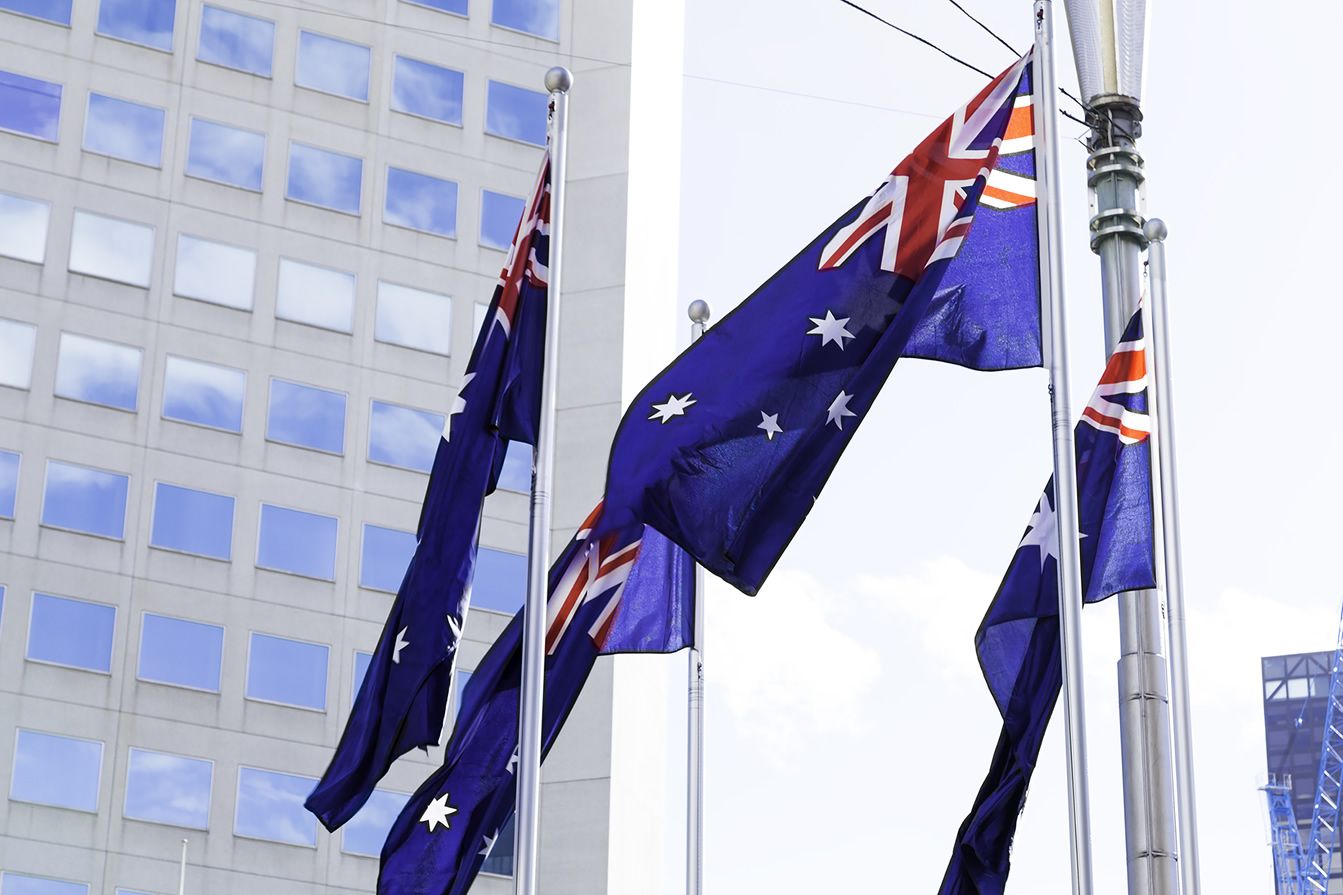Australian Dollar Advances on the G10s after Jobs Rally Continues in January
- Written by: James Skinner
-

© Filipe Frazao, Adobe Stock
January's report marks the 16th consecutive month of job creation for the Australian economy and longest stretch of gains since monthly surveys of the labour market began.
The Australian Dollar advanced against the rest of the G10 basket Thursday after the latest volley of labour statistics showed the jobs market market down under remained in rude health during January.
New jobs growth came in at 16,000 for the recent month, above the 15,300 consensus estimate, while the unemployment rate held steady at a four and a half year low of 5.5% according to data from the Australian Bureau of Statistics.
This marks the 16th consecutive month of job creation for the Australian economy, which is the longest stretch of gains since monthly surveys of the labour market began.
It is also seen as supporting expectations that wage growth will eventually pick up to a level that enables Aussie households bear the strain of higher interest rates.
The AUD/USD rate rose 0.44% to a February high of 0.7965 during early trading in London as a result of the data, while the Pound dropped 0.17% against the Aussie, to 1.7640. Australia's currency recorded gains over all other G10 rivals barring the New Zealand Dollar on Thursday morning.
“We expect steady job creation in 2018, strong enough to support growth and wage growth expectations, but not as strong as in 2017. The unemployment rate is likely to edge mildly lower, hovering between 5.2-5.6%,” says Chidu Narayanan, an Asia economist at Standard Chartered.
If markets are to become more bold with their bets that the Reserve Bank of Australia will adopt a more hawkish tone this year, more gains for the labour market and an uptick in wage growth is crucial.
The Reserve Bank of Australia held its cash rate at a record low of 1.5% for the 19th month in a row in February.
A small minority of economists, including those from ANZ, TD Securities and Bank of America Merrill Lynch, have been calling for an RBA interest rate rise as soon as May.
“We expect the Reserve Bank of Australia (RBA) to keep its policy rate on hold in 2018, maintaining its accommodative stance in H1,” Narayanan adds.
"Subdued wage growth is likely to weigh on inflation and household consumption; high household debt is likely to pressure household consumption even more. The RBA is unlikely to risk derailing growth by tightening too soon."
As things stand, pricing in interest rate derivatives markets suggests investors and traders are not expecting an RBA rate hike until after March 2019.
Expectations of an initial rate hike have been pushed back gradually so far in the New Year, given those same derivatives markets pencilled in a rate rise in December 2018 just six weeks ago.
A disappointing fourth quarter inflation report has been the principal driver of this deterioration, with headline and core inflation both remaining static at 1.9% during the period when they had been expected to tick higher.
This prompted the Reserve Bank of Australia to warn of downward pressures on inflation and sub par wage growth during its latest policy statement.
“The RBA’s estimate of the Non Accelerating Inflation Rate of Unemployment is around 5%. Yet, even though the unemployment rate has been approaching 5% over the past year, we are yet to see a reaction in wages,” says Simon Murray, an economist at Westpac.
“In a speech on Tuesday at the ABE Forecasting Conference, Assistant Governor Economic Ellis mentioned that “we are mindful that, as we approach that figure, there's a risk we find there is more room to come down before wage growth picks up in earnest.”
The strong January labour market report may help to perk up RBA rates setters, as well as market pricing for an initial hike, over the coming days but it might be too early to bet the house on an interest rate rise in the near future.
Next week's wage price index will be key to market sentiment toward the Australian Dollar over coming weeks and months, given years of below-par pay growth and rising household debt levels.
"The 1 July cut in penalty rates partly explains why the 3.3%/y jump in minimum wages failed to translate into the Q3 WCI report. On 21 Feb, we expect Q4 wages growth of +0.64%/qtr, lifting the annual rate to 2.2%/yr," says Annette Beacher, chief Asia Pacific macro strategist at TD Securities.
"For the RBA: this is noise. Annual employment growth remains strong at 3.3% while the unemployment rate remains at 5½%. OIS is behind the curve, not priced for a rate hike until April 2019."
Advertisement
Get up to 5% more foreign exchange by using a specialist provider to get closer to the real market rate and avoid the gaping spreads charged by your bank when providing currency. Learn more here.
